When it comes to learning how to use an Automated External Defibrillator (AED), like any other health and safety training on or off-site, repetition is key, said a safety trainer during a recent webinar.
“Whether I’m teaching fall rescue, confined space rescue or using an AED, you have to master the mystery through repetition,” said Sean Delaney, an instructor/trainer at NORCAT, during a webinar hosted by the Residential Construction Council of Ontario on best practices and implementation. “You can’t just practice until you get it right. You’ve got to practice until you can’t get it wrong. Employers need to be aware that it’s not just a matter of ticking off some box.

“This doesn’t need to be a barrier. It doesn’t need to be very time consuming. You can do a quickie refresher with a toolbox talk or a tailgate talk. It can be 15 minutes every couple of months just to keep it in that rotation…Then it just becomes part of what you do.”
Although training is not required in order to use an AED, he believes it’s beneficial.
“I would like to see it part of training for basics of construction and definitely think it should be part of everyone’s supervision or managerial level training,” he said. “The more people we have trained the better. The more accessible these devices are the better.”
Homebuilder Tridel started incorporating AEDs on their sites around 2010.
“The main reason was to make sure that if anyone had a cardiac emergency there would be immediate help available to them,” said Daniel dos Santos, director, health and safety at Deltera (Tridel Group of Companies). “Given the nature of the construction industry, we thought it was crucial for us to have that extra help, the extra layer of safety.”
While employees were open to the idea, they did have questions about liability and using the devices properly, he added.
“To address that what we did was we set up training sessions through a third-party organization so everyone from the site co-ordinator to the most senior person onsite, all of them would know exactly how to use the defibrillators,” he said.
Then they decided the AEDs should be made available in the buildings they were developing.
“What we did was installed defibrillators in the lobby area,” dos Santos said. “They’re stored in a stainless steel cabinet that blends perfectly with the design that was put together by our team.”
Benefits of having AEDs on jobsites
According to Carmine Tiano of the Ontario Building Trades, cardiac situations are a societal issue.
“If we could prevent something happening at the workplace with an AED and very limited costs, with minimal training, and it’s not invasive, there’s no reason we should not be doing it,” he said. “If you look at this idea of a total worker health model, that falls into it.”
Tiano pointed out research shows with extreme heat, the instance of someone having a cardiac event is higher so employers need to be prepared and have plans in place. He said orientation needs to happen at the beginning of a project and be reinforced often.
“If you see that the worksite has a plan, you have plans in place for cold weather, you have plans in place for extreme heat and the supervisors, the actual unions are reinforcing them and it continues to happen, it doesn’t matter how many workers you have onsite, all of them start rowing in the same direction,” said Tiano.
Delany pointed out one of the biggest factors of heat related illness is acclimatization.
“We really need to watch out for new Canadians or possibly people new to this province and new to construction,” he said, adding they may not pick up on some of the warning signs themselves.
“We all know that it’s going to get hot in the summer so this isn’t news.”
Plans need to be updated and communicated
Like any health and safety plan, it’s important to update the defibrillator information and communicate it to everyone onsite, dos Santos noted.
“Especially highrise developers, when we’re doing a project the environment changes quite often,” he explained.
“Your defibrillator might be in a site office trailer on the ground level. The building keeps going up…so now you’ve got to discuss again where would be the best possible location to have that AED.”
While some companies might be intimidated by AEDs, he advises it can benefit not only the workers onsite but also the broader community.
“Don’t let fear or uncertainty hold you back,” he said. “Just take action, plan, have that discussion with your team and get them involved in the process. Celebrate the achievements and you will be amazed at what you can accomplish and how it can lay down the foundation for future safety approaches that you may have onsite.”
Follow the author on X/Twitter @DCN_Angela.



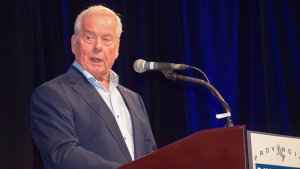
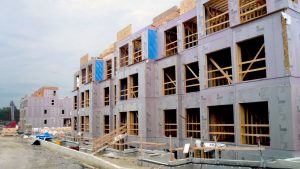



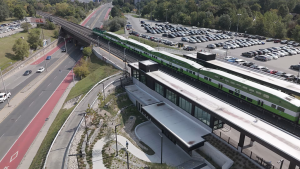
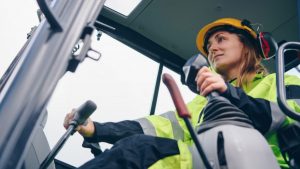
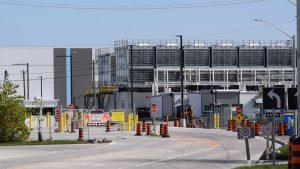
Recent Comments
comments for this post are closed